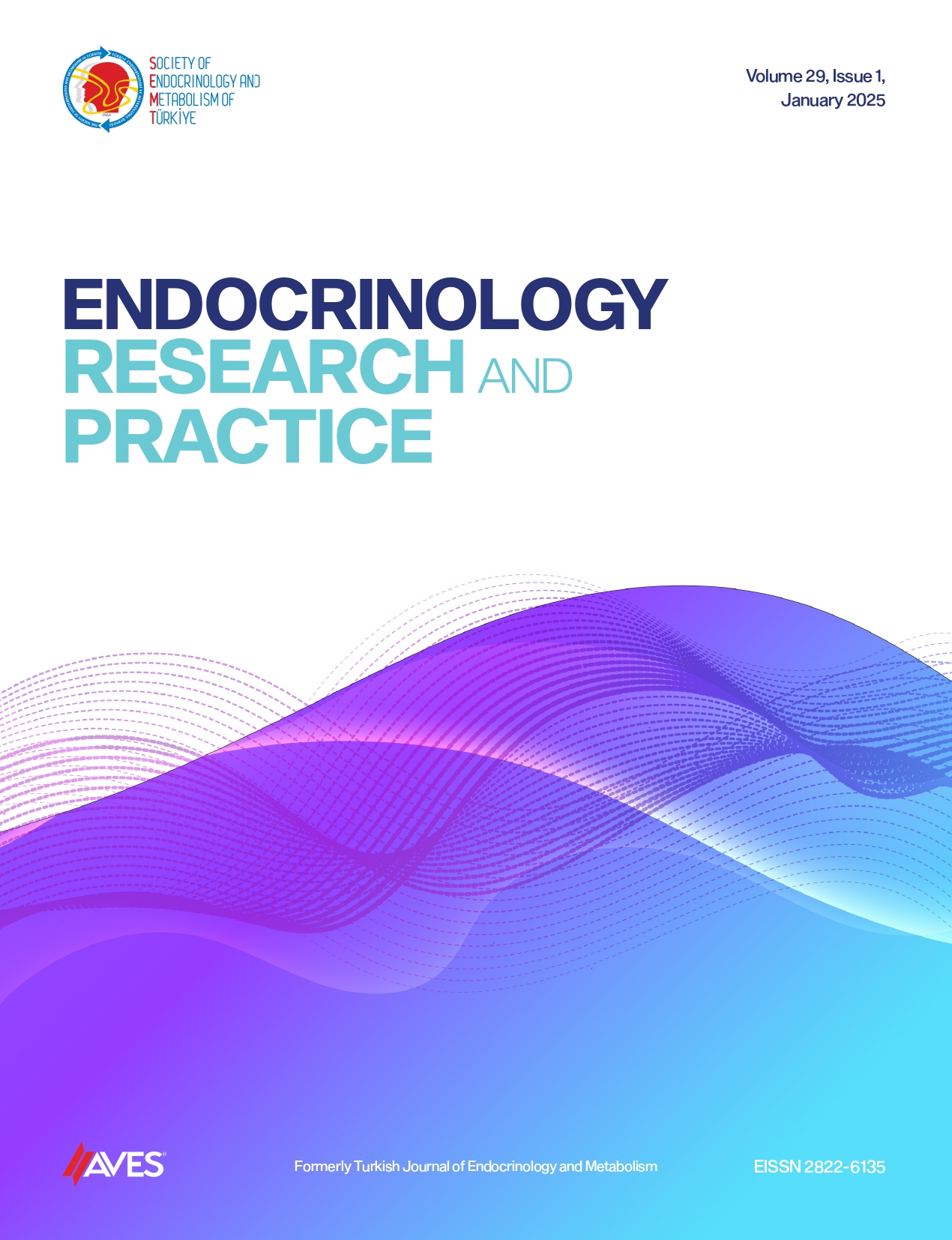Objective: The aim of this study is to introduce a Dendritic Neuron Model (DNM)–Logistic Regression (LR)–Artificial Neural Network (ANN) hybrid model that seeks to achieve a comprehensive model with optimal accuracy, sensitivity, and specificity for predicting diabetes using the PIMA dataset and potentially adapt this approach for other chronic conditions, ultimately aiming for early interventions and significant cost reductions in healthcare.
Methods: This study introduces a hybrid ANN combining the DNM with LR, aiming for improved predictive accuracy on the PIMA dataset. We sourced our dataset from the Pima Indian Diabetes Database, comprising 8 feature variables and 768 observations. In comparison to established ML techniques, our proposed DNM–LR–ANN method was applied, focusing on key metrics such as Area Under the Curve (AUC), accuracy, sensitivity, and specificity.
Results: The DNM–LR–ANN method exhibited superior performance, particularly in AUC (0.78024), accuracy (0.80782), and sensitivity (0.68074), proving its efficacy in distinguishing between diabetic and non-diabetic cases. While our method excelled in most metrics, DNM still led in specificity with a score of 0.96710—an essential metric in medical predictions to reduce false positives.
Conclusion: The fitted model in this study holds potential for clinical implementation, especially within primary care systems. Early alerts for clinicians could foster preventive counseling and interventions, possibly delaying or preventing the onset of diabetes. The proposed DNM–LR–ANN method offers a promising tool in diabetes prediction, harnessing key features from the PIMA dataset for robust performance. While it presents notable accuracy, integrating the high specificity from DNM could further enhance its utility.
Cite this article as: Ağraz M, Eğrioğlu E, Baş E, Chen M, Göksülük D, Furkan Burak M. Diabetes development prediction using a hybrid model combining dendritic artificial neuron model and logistic regression. Endocrinol Res Pract. Published online March 25, 2025. doi 10.5152/erp.2025.24585

-1(1).png)

.png)
.png)